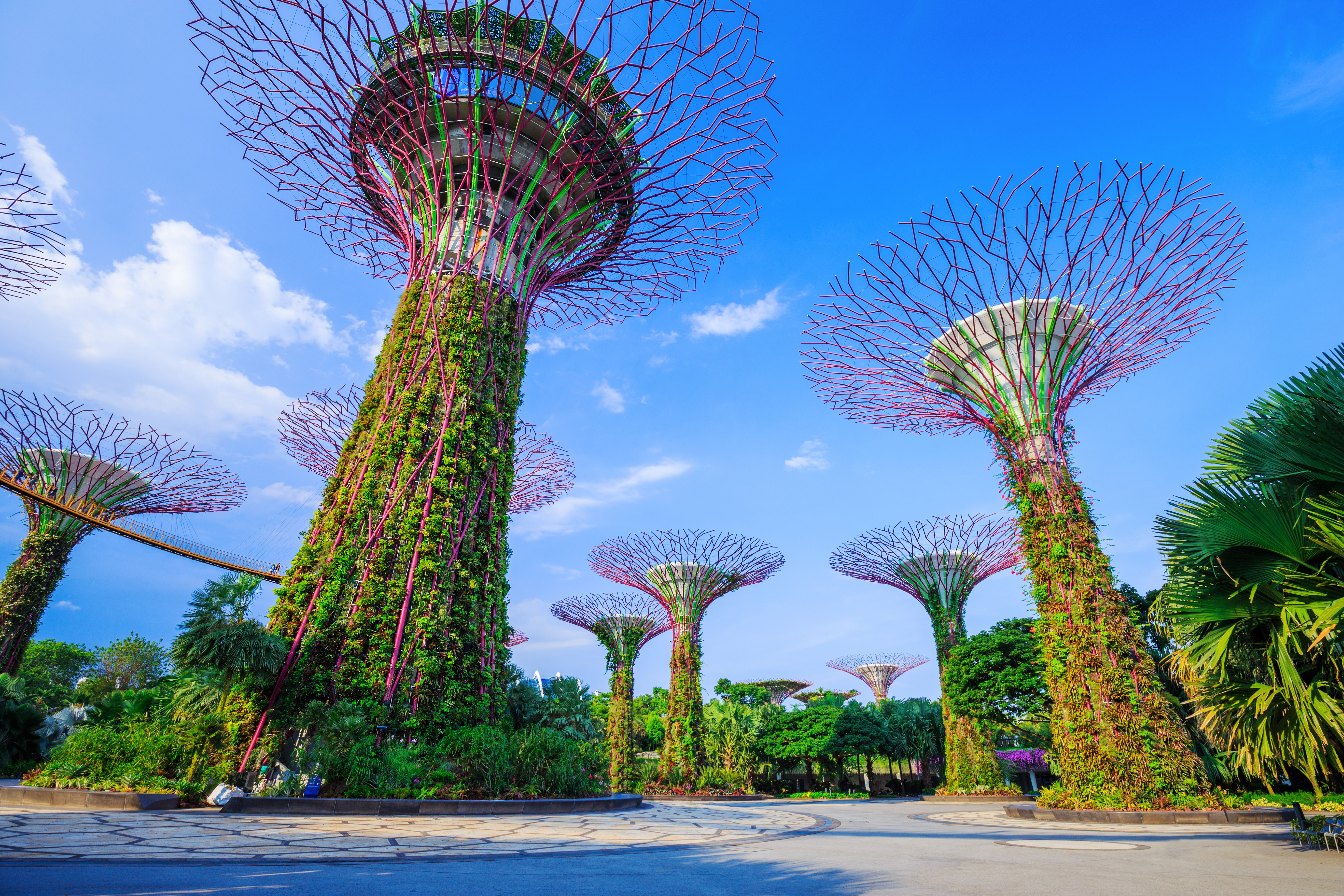“
Singaporeans are very good at integrating nature into development. Landscaping isn’t just an add-on. It’s an integral part of a development that creates value.
Singapore is routinely ranked the safest city in the world, with one recent Gallup World Poll finding 94 per cent of adults feel safe walking alone at night, compared with the global average of 68 per cent.
“This is partly a result of judicial decisions, but also because density brings activity and a sense of safety, that then creates further activity and makes development an attractive proposition.”
Dubbed “the city in a garden”, Singapore is also a green success story.
“Singaporeans are very good at integrating nature into development. Landscaping isn’t just an add-on. It’s an integral part of a development that creates value,” Hyland explains. This investment enhances the “ground plane experience”.

Almost a third of Singapore is covered by trees and vegetation, and city shapers continually look for new ways to incorporate sky gardens, cloud forests, waterfalls and reflection pools into their developments.
The four towers at Marina One, for example, all overlook a tropical oasis, providing a rainforest sanctuary for shoppers, office workers and residents and a microclimate for 400-plus species of plants and trees. Changi Airport’s new Jewel development boasts a five-storey ‘forest valley’ and the world’s largest indoor waterfall.
Hyland is passionate about Singapore city living, enthusing that it delivers a “simplified” life – connected, car-free and without the worry of train timetables or garden maintenance. And he encourages Australian property professionals to make the trip to Singapore in March.
“In just a small area you can see exciting and innovative projects developed in a similar economic context.
“Australian developers are world-class, but we find people pick up on fine details that can be applied to developments back home – whether that’s how Marina One undertook landscaping or how the Jewel integrated its food court”.
While there are undoubtedly challenges ahead – the high cost of living and an ageing population are just two – “in true Singaporean style they are planning for them,” Hyland concludes.
This article was first published in the Property Council of Australia’s publication ‘PROPERTY AUSTRALIA‘ on February 5, 2019. Click here to read the full article.


